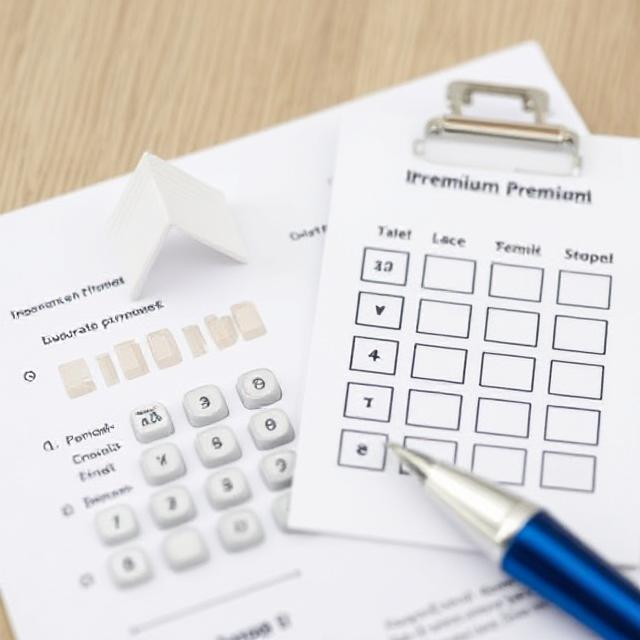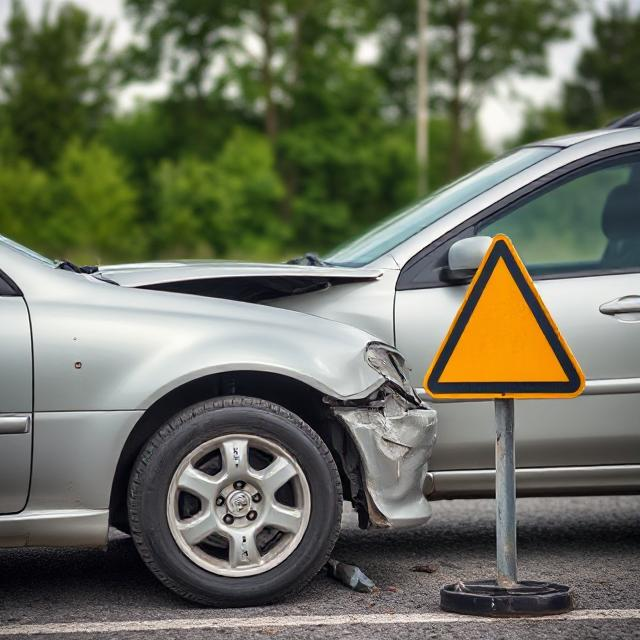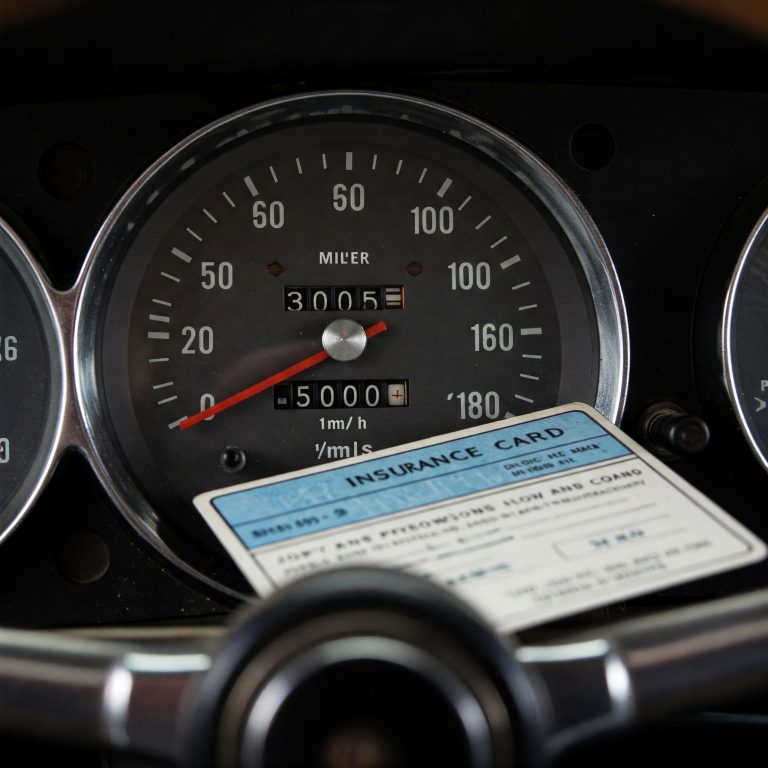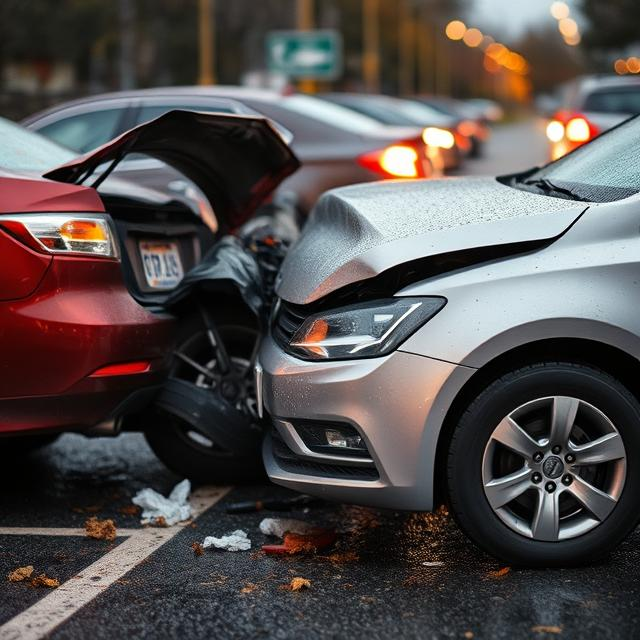Understanding how Car Insurance Premiums are Calculated in India?
Introduction
When you purchase a car, car insurance is not just a legal requirement, it’s also crucial for protecting your vehicle against potential risks such as accidents, theft, or damage. However, one of the most commonly asked questions is: How is the car insurance premium calculated?
The calculation of a car insurance premium in India depends on a variety of factors that insurers take into account when determining how much a vehicle owner will pay for the coverage. Whether it’s a new or old car, the premium can vary based on the type of coverage, the car’s make and model, the driver’s profile, and even the geographical location.
In this article, we will explore the key factors that affect car insurance premiums in India, how the premium is calculated, and tips to reduce your car insurance costs.
What is Car Insurance Premium?
A car insurance premium is the amount you pay to the insurer to avail of coverage for your vehicle. This payment could be done on a monthly, quarterly, or yearly basis, depending on the payment plan chosen by the policyholder. It is based on various factors, which we’ll explore in detail.
Types of Car Insurance Policies in India
Before we dive into the calculation, it is important to understand the two main types of car insurance policies available in India:
1. Third-Party Liability Insurance
This is the most basic form of car insurance required by law in India. It covers only the damage you cause to third parties in an accident, such as bodily injury or damage to property. However, it does not cover damages to your own vehicle.
2. Comprehensive Car Insurance
This policy provides broader coverage, as it not only includes third-party liability but also covers damages to your own vehicle due to accidents, fire, theft, natural disasters, and other unforeseen events.
Factors Affecting Car Insurance Premium in India
Several factors influence the calculation of your car insurance premium in India. These factors are considered by insurance companies when assessing the risk profile and determining the premium amount. Here are the primary ones:
1. Insured Declared Value (IDV)
The Insured Declared Value (IDV) is the maximum sum insured that you can claim in case of an accident or theft. It is the market value of your car at the time of purchase and is one of the most significant factors in determining the premium. The higher the IDV, the higher the premium.
For example, if the market value of your car is ₹5,00,000, your IDV will be close to this amount. If you choose a lower IDV, your premium will decrease, but it also means you will receive a lower claim amount in case of damage or theft.
2. Car’s Make, Model, and Age
The make, model, and age of your car play a major role in premium calculation. Premiums for luxury or high-performance vehicles tend to be higher due to the higher repair and replacement costs. Similarly, older cars tend to attract higher premiums since they are more prone to mechanical failure and accidents.
- New Cars: A new car typically has a lower premium compared to an older car because the risk of depreciation is lower, and the vehicle is less likely to incur severe damage.
- Older Cars: As the car ages, the cost of repairs increases, and it may become more prone to accidents. This results in a higher premium for older cars.
3. Type of Coverage (Comprehensive vs. Third-Party)
The type of insurance policy you select significantly impacts the premium. Comprehensive car insurance provides extensive coverage, including damage to your own vehicle and third-party liability. As expected, comprehensive policies come with a higher premium compared to third-party policies. However, they offer more extensive protection, which could prove beneficial in the long run.
4. No Claim Bonus (NCB)
One of the most rewarding benefits for safe drivers is the No Claim Bonus (NCB). NCB is a discount offered to policyholders who have not made any claims during the previous policy term. NCB can range from 20% to 50%, depending on the number of claim-free years.
For instance:
- 1st year of no claims: 20% NCB
- 2nd year of no claims: 25% NCB
- 3rd year of no claims: 35% NCB
- 4th year of no claims: 45% NCB
- 5th year and beyond: 50% NCB
If you have an NCB, it directly reduces the premium amount on renewal, making it a significant factor in lowering your car insurance cost.
5. Location of the Vehicle
The location where you live and park your car plays a major role in determining the premium. Cities with higher traffic density or more frequent accidents, such as Delhi, Mumbai, or Bangalore, will attract higher premiums. Additionally, if your vehicle is parked in an area with a higher risk of theft, such as certain urban areas, the premium will be higher.
6. Add-Ons and Customizations
Insurance providers offer several add-ons that can increase your premium but provide additional coverage for your car. Some common add-ons include:
- Zero Depreciation Cover: This cover ensures that depreciation is not deducted from your car’s value in case of a claim, making it ideal for new cars.
- Engine Protection Cover: It covers damages to the engine or gearbox due to natural calamities or other unforeseen events.
- Roadside Assistance: This provides help in case of an emergency breakdown, such as a flat tire or fuel shortage.
Each add-on will increase the premium, but it can offer additional peace of mind.
7. Driver’s Age and Experience
The experience and age of the policyholder also influence the premium calculation. Younger and less experienced drivers (under the age of 25) are generally considered high-risk drivers and are thus charged higher premiums. In contrast, experienced drivers with a clean driving record are considered less risky and are eligible for lower premiums.
8. Safety Features of the Car
Cars equipped with advanced safety features like airbags, anti-lock braking systems (ABS), and electronic stability control (ESC) can attract lower premiums. Insurance providers offer discounts for vehicles that have higher safety ratings and those that are less likely to be involved in accidents.
9. Voluntary Deductibles
Some insurers allow policyholders to opt for a voluntary deductible, which is an amount the policyholder agrees to pay in the event of a claim. Choosing a higher voluntary deductible will reduce the premium, as it lowers the insurer’s risk. However, you should be confident in your ability to pay the deductible in case of an accident.
10. Insurance History
Your previous insurance history also plays a role in calculating the premium. If you have had multiple claims in the past, your premium may increase as the insurer views you as a higher risk. Conversely, if you have maintained a claim-free history, you may qualify for discounts like No Claim Bonus (NCB).
11. Fuel Type (Petrol, Diesel, CNG)
The fuel type of your car also affects the premium. Typically, cars that run on diesel are subject to higher premiums compared to those that run on petrol or CNG. This is due to the higher risk associated with diesel cars, such as more expensive repairs and higher emissions. Some insurance providers even offer discounts for CNG vehicles due to their eco-friendly nature.
How is the Premium Calculated?
To calculate the premium, insurers use a combination of the factors discussed above. Here is a simplified formula:
Car Insurance Premium = Base Premium + AddOn Premiums − Discounts (e.g., NCB) + Taxes
The Base Premium is calculated using the car’s IDV (Insured Declared Value), make, model, and age. Then, add-on covers (such as zero depreciation or engine protection) and applicable discounts (like NCB) are factored in. Finally, taxes (such as GST) are applied to the total amount.
Tips to Reduce Your Car Insurance Premium
While premiums depend on several factors, there are ways to reduce your premium without compromising on coverage:
- Opt for a higher deductible: As mentioned earlier, choosing a higher voluntary deductible reduces the insurer’s risk, leading to lower premiums.
- Maintain a claim-free record: The more claims-free years you have, the higher the NCB, leading to a discount on your premium.
- Choose the right add-ons: Evaluate which add-ons are essential for you. Opting for unnecessary add-ons can unnecessarily increase your premium.
- Use safety features: Install safety features like airbags, ABS, and anti-theft devices to reduce your premium.
- Compare policies: Different insurers offer varying premiums. Always compare policies and choose one that gives you the best value for money.
- Select a smaller IDV: If you are willing to accept a lower claim amount, opting for a lower IDV can reduce your premium.
Conclusion
Understanding how your car insurance premium is calculated can empower you to make more informed decisions when purchasing or renewing your policy. By considering factors such as IDV, the car’s make and model, safety features, and your driving history, you can optimize your premium.
As a responsible car owner in India, it is crucial to have the right insurance coverage. Whether you choose a third-party policy or a comprehensive one, understanding the calculation process will help you secure the best deal for your car insurance needs.







